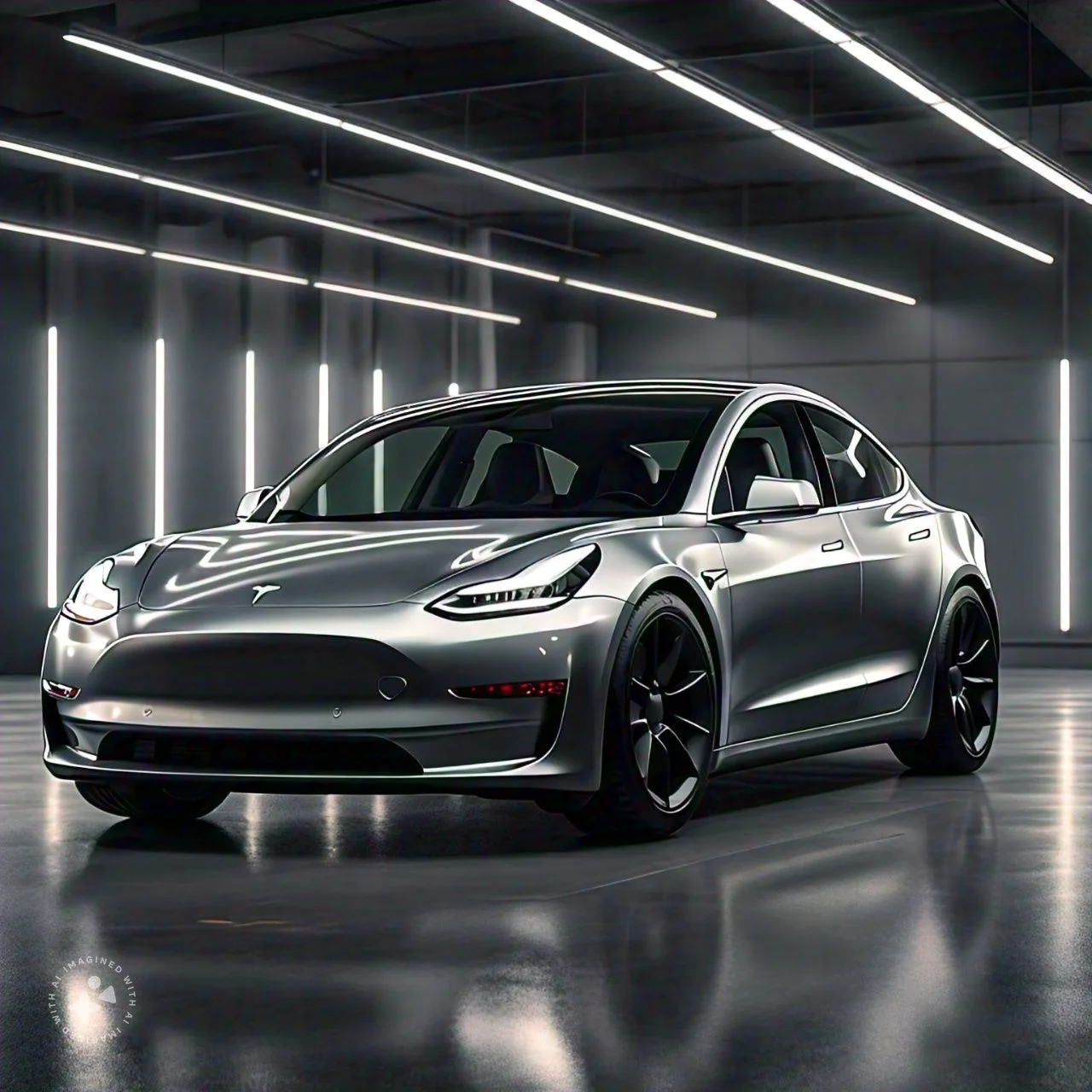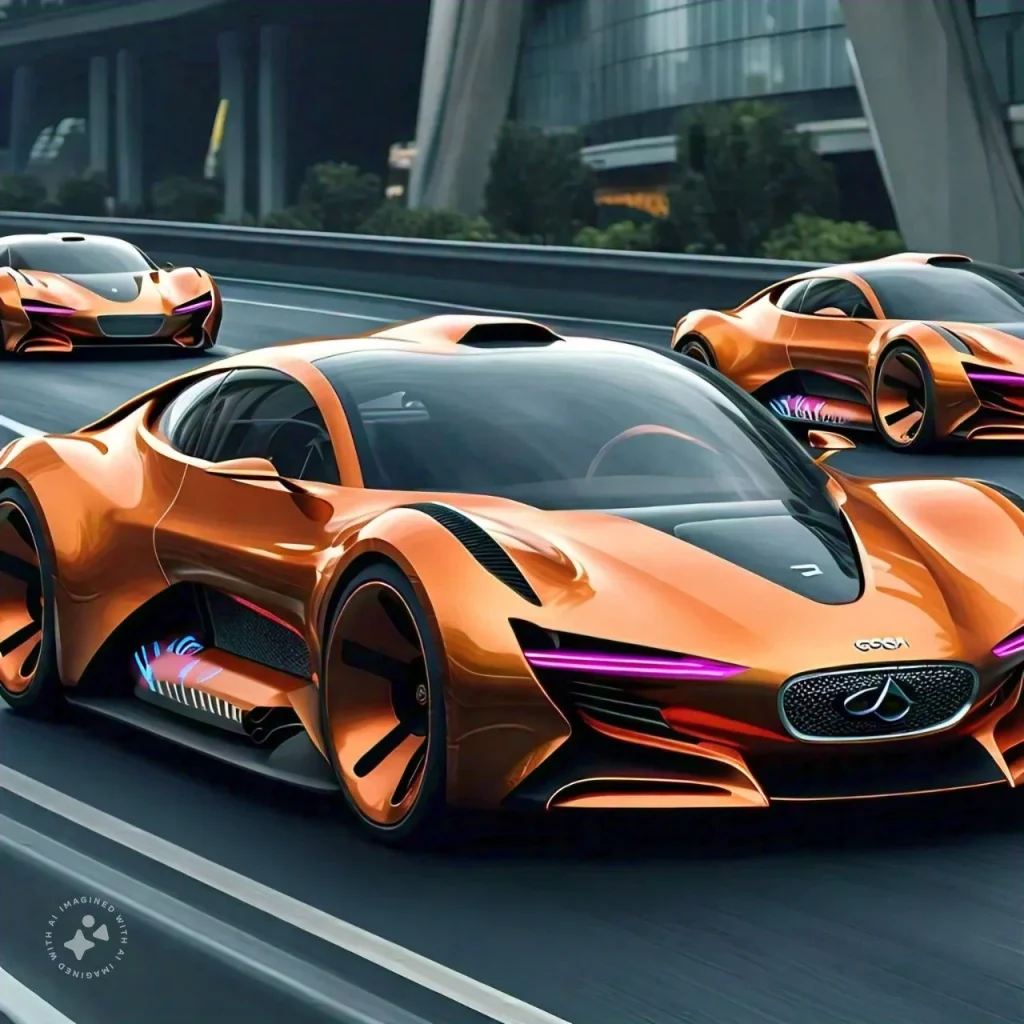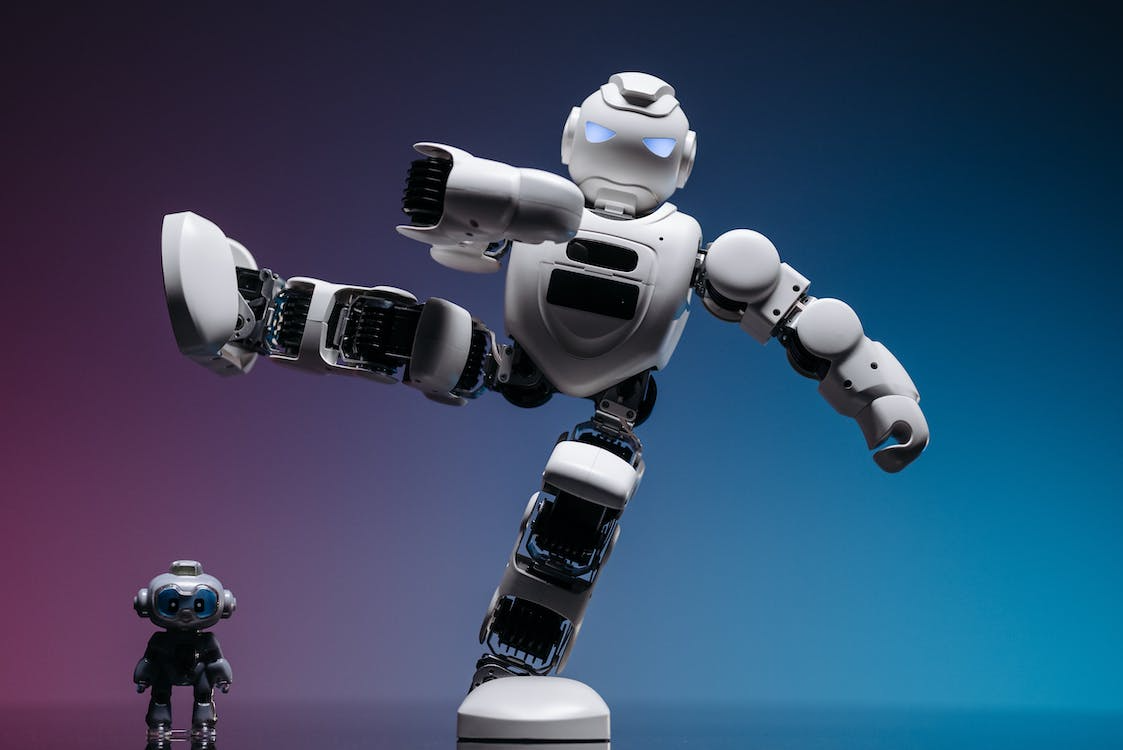
Are Automatic Cars Better for the Environment
As we look at the rise of self-driving cars and electric vehicles, the question of whether automatic or manual cars are better for the environment is becoming more important. Let’s explore how both types of cars affect the planet and what makes them sustainable.

Benefits of Automatic Cars for the Environment
Automatic cars have several advantages that help the environment, mainly because of new technology.
Better Fuel Efficiency
- Smooth Gear Changes: Modern automatic cars shift gears smoothly, which helps them use less fuel. For example, in city driving with lots of stops, automatic cars usually do better than manual ones.

Reduced Greenhouse Gas Emissions
- Lower Emissions: Research shows that advanced automatic cars can lower emissions by 15% to 20%. They encourage smoother driving, known as “eco-driving,” which wastes less fuel.
Convenience and Comfort
- Easier to Drive: Automatic cars are generally simpler to operate, letting drivers focus more on the road instead of shifting gears. This ease can lead to safer driving and fewer accidents, which helps reduce traffic jams and emissions.
Benefits of Manual Cars for the Environment
Manual cars also come with their own environmental advantages.
More Driver Control
- Control Over Gears: With manual cars, drivers can decide when to change gears, which can lead to better fuel efficiency. Skilled drivers can adjust how they drive to save on gas.
Lower Maintenance Costs
- Simpler Repairs: Manual cars often have fewer parts that need fixing, which means they can be cheaper to maintain over time compared to automatic cars.
Comparison of Automatic and Manual Cars on Carbon Footprint
Let’s compare some car models to see their environmental effects across different types, like sedans and SUVs:
| Vehicle Model | Type | Fuel Efficiency (mpg) | CO2 Emissions (grams/mile) |
|---|---|---|---|
| Toyota Corolla | Automatic | 32 city / 40 highway | 130 |
| Honda Civic | Manual | 30 city / 38 highway | 134 |
| Ford F-150 | Automatic | 20 city / 26 highway | 220 |
| Jeep Wrangler | Manual | 17 city / 21 highway | 250 |
| Tesla Model 3 | Electric | 4.1 miles per kWh | 0 |
| Toyota RAV4 Hybrid | Automatic | 41 city / 38 highway | 120 |
| Hyundai Ioniq | Electric | 58 combined | 0 |
| Nissan Leaf | Electric | 124 combined | 0 |
| Subaru Outback | Automatic | 26 city / 33 highway | 170 |
| Chevrolet Malibu | Automatic | 29 city / 36 highway | 145 |
| Ford Escape Hybrid | Automatic | 44 city / 37 highway | 106 |
| Kia Niro | Hybrid | 53 city / 48 highway | 104 |
| BMW i3 | Electric | 124 combined | 0 |
| Volkswagen Golf | Manual | 29 city / 36 highway | 145 |
| Audi Q5 | Automatic | 22 city / 28 highway | 210 |
15 Car Choices that Fit Your Lifestyle
- Toyota Corolla
Dependable Choice: The Toyota Corolla stands out for its reliability, making it a top pick for daily commuters. - Honda Civic
Sporty Experience: The Honda Civic delivers a fun driving experience with its sporty handling, exciting driving enthusiasts. - Ford F-150
Utility and Strength: The Ford F-150 excels in towing capacity, but it leaves a larger environmental footprint. - Jeep Wrangler
Adventure-Ready: Built for off-road adventures, the Jeep Wrangler prioritizes capability over fuel efficiency. - Tesla Model 3
Innovative Technology: The Tesla Model 3 showcases advanced technology and commits strongly to sustainability. - Toyota RAV4 Hybrid
Family-Friendly Option: The Toyota RAV4 Hybrid blends fuel efficiency with ample storage space, perfect for active families. - Hyundai Ioniq
Great Value: The Hyundai Ioniq offers exceptional efficiency at an affordable price, making it ideal for first-time electric vehicle buyers. - Nissan Leaf
Urban Friendly: The Nissan Leaf suits city driving, featuring user-friendly technology that simplifies navigation. - Subaru Outback
Versatile SUV: The Subaru Outback balances practicality and moderate emissions, making it fit for various driving conditions. - Chevrolet Malibu
Comfortable Ride: The Chevrolet Malibu provides a smooth, comfortable ride with a spacious interior for families. - Ford Escape Hybrid
Eco-Conscious SUV: The Ford Escape Hybrid combines low emissions with strong performance in the hybrid segment. - Kia Niro
Compact and Efficient: The Kia Niro maneuvers easily in urban areas while still offering good cargo space. - BMW i3
Sustainable Design: The BMW i3 features unique styling and eco-friendly materials, attracting environmentally conscious drivers. - Volkswagen Golf
Practical Hatchback: The Volkswagen Golf blends practicality with enjoyable driving dynamics, making it a versatile choice. - Audi Q5
Luxury and Performance: The Audi Q5 caters to premium buyers seeking advanced features and a comfortable driving experience.
Driving Habits Matter
How people drive affects fuel efficiency and emissions for both automatic and manual cars. For instance:
- City Driving: In heavy traffic, an automatic car usually saves more fuel because of its smooth gear changes. A manual driver might use more fuel from constant shifting.
- Highway Driving: A manual driver might save more fuel by keeping a steady speed, while an automatic may not use fuel as efficiently without driver input.
Long-Term Environmental Impact
While automatic cars are getting better at saving fuel, we should also think about their overall impact on the environment throughout their life.
Manufacturing Processes
- Making automatic cars, especially with advanced features, often uses more resources and energy than making manual cars, creating a bigger carbon footprint.
Battery Disposal
- For hybrid and electric cars, how we handle battery disposal is crucial. If not done right, it can harm the environment, making recycling practices very important.
Recycling at the End of Life
- Manual cars usually have fewer electronic parts, making them easier to recycle than automatic cars with more complex systems.
The Importance of Hybrid and Electric Vehicles
Hybrid and electric vehicles are great for the environment, no matter the type of transmission.
Emissions and Energy Use
- Hybrid cars mix electric power with gasoline, producing less pollution than regular cars. Electric cars have zero tailpipe emissions, but their impact depends on how the electricity is made. Areas using renewable energy benefit more from EVs.
Challenges for Electric Vehicles
- Battery Issues: Current battery technology has challenges, like range anxiety (fear of running out of charge) and longer charging times.
- Resource Concerns: Mining materials for batteries, like lithium and cobalt, can cause pollution and damage habitats.
Charging Infrastructure
- Building more charging stations is essential for EV success. Rural areas often lack enough stations, which can discourage buyers. Solutions could include government incentives for installing charging stations and expanding public networks.
Grid Integration
- Many EVs could put a strain on energy grids. Smart technologies and energy storage solutions are key for managing demand and keeping the grid stable.
Emerging Technologies
- Wireless Charging: New ideas like wireless charging could make it easier to charge EVs without plugging them in.
- Advanced Batteries: Research on new battery materials could improve energy storage, reduce charging times, and enhance efficiency.
The Role of Autonomous Vehicles
Self-driving cars could help reduce emissions and increase energy efficiency.
Eco-Driving and Traffic Management
- Better Traffic Flow: Autonomous vehicles can use eco-driving techniques more effectively than people, leading to smoother traffic and fewer emissions. Features like platooning (cars traveling closely together) can improve fuel efficiency.
Ethical Dilemmas
- Tough Decisions: Self-driving cars face ethical questions, like how to react in accidents involving pedestrians or other vehicles. This highlights the need for ethical guidelines for developing and using AVs.
The Future of Autonomous vehicles (AV)
The automotive industry is continuously evolving, with promising trends that could further enhance environmental sustainability:

- Advancements in Battery Technology: Lighter, more energy-efficient batteries could reduce emissions and resource consumption.
- Renewable Energy Integration: Electric cars powered by renewable sources like solar or wind energy could drastically reduce the carbon footprint of transportation.
- Regulatory Support: Governments are increasingly offering incentives for eco-friendly vehicles, which is encouraging the adoption of greener technologies.
Conclusion
Both automatic and manual cars have their pros and cons when it comes to the environment. While automatic cars often have better fuel efficiency and lower emissions due to new technology, manual cars still offer more control and easier recycling. The real game-changer is the rise of hybrid and electric vehicles, which provide cleaner alternatives to traditional cars. As battery technology improves and more renewable energy is used, the future of driving could be much greener than it is today.







